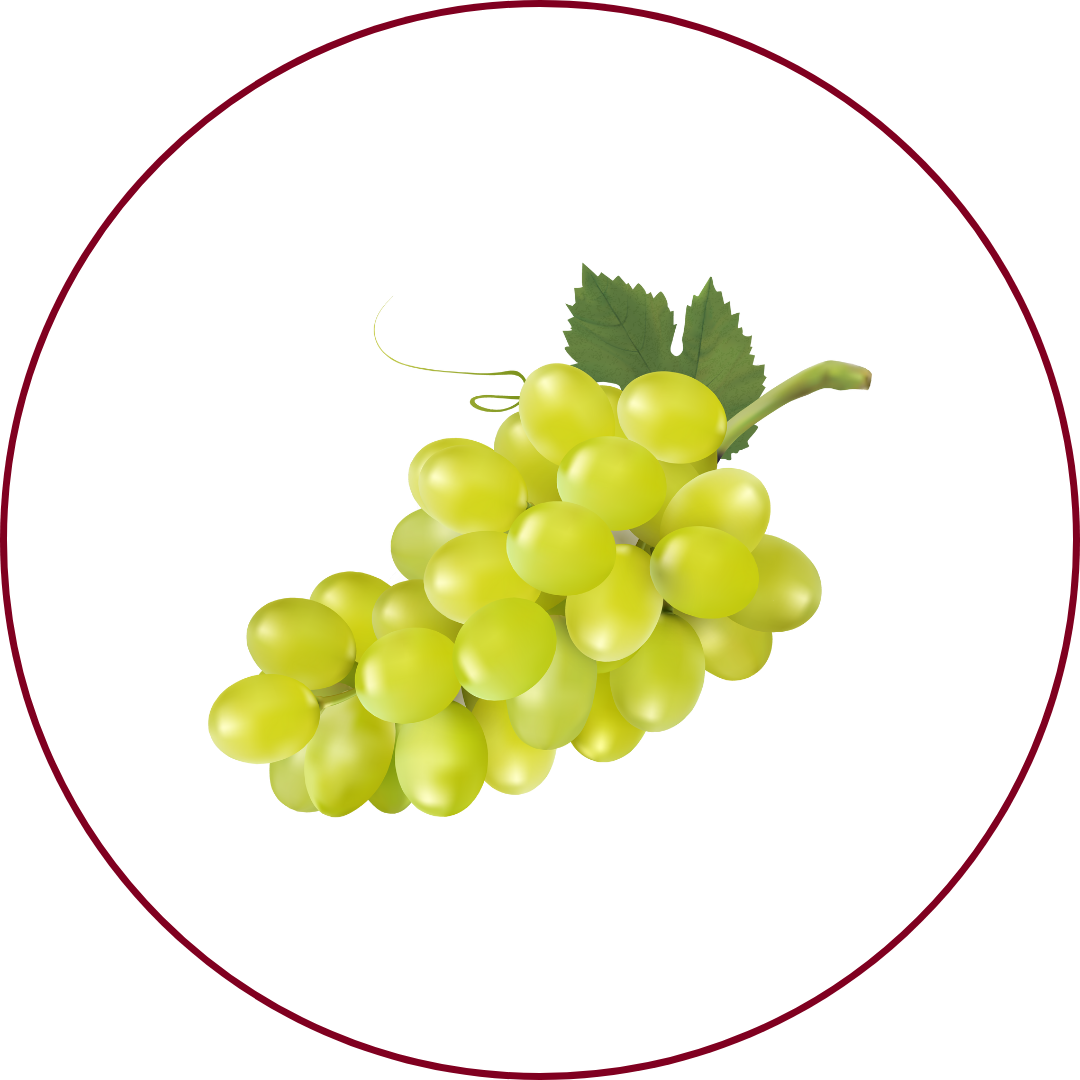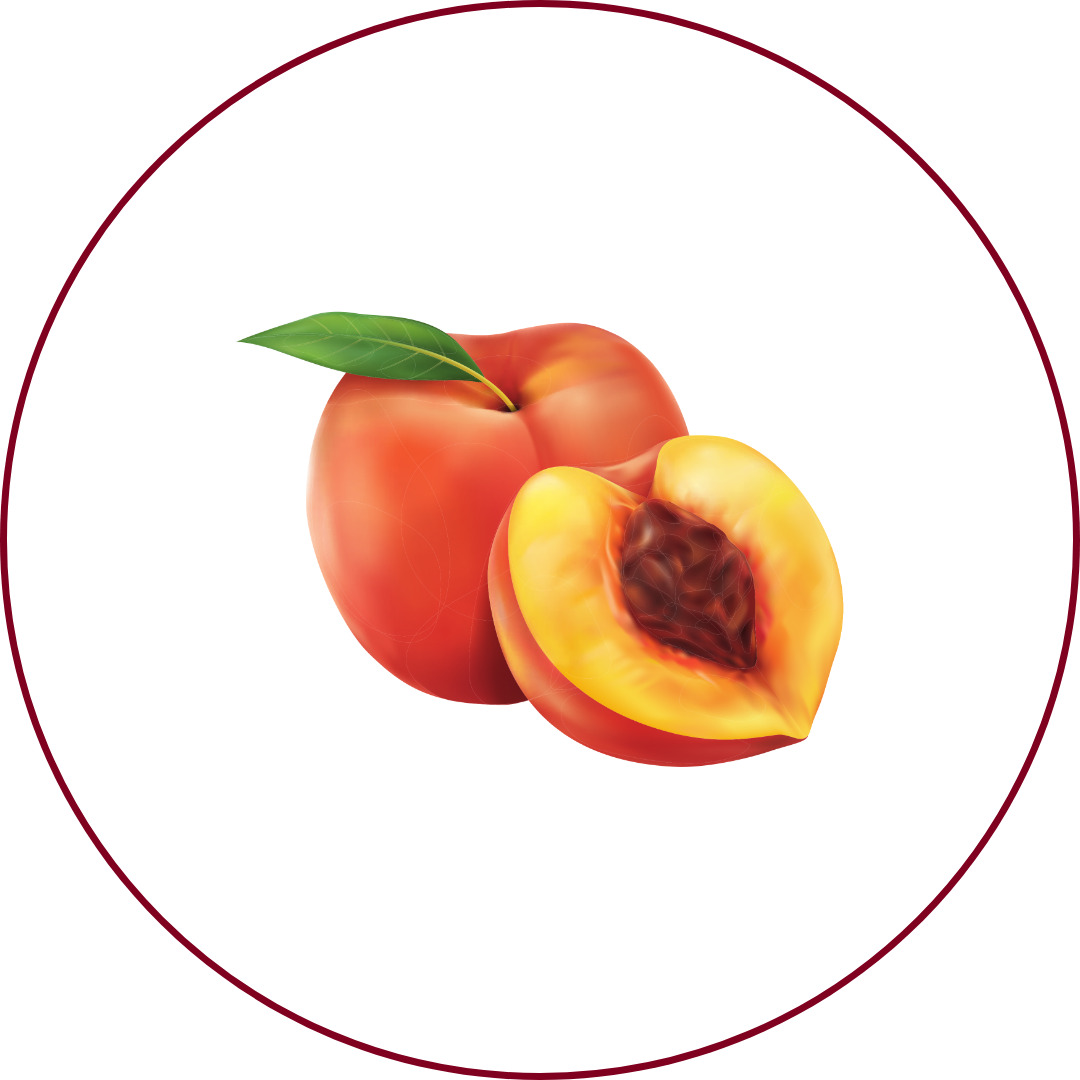Grape Variety
Italienska-Muscat
"MUS-kat"
Wine Styles
 Sparkling
Sparkling Light White
Light White Full White
Full White Aromatic
Aromatic Rosé
Rosé Light Red
Light Red Medium Red
Medium Red Full Red
Full Red Dessert
DessertAbout Italienska-Muscat
Origin
Ancient Mediterranean region
History
Muscat is one of the oldest grape families in the world, with a history dating back to ancient times. It is believed to have originated in the Mediterranean region and has been cultivated for thousands of years. The Muscat family includes over 200 grape varieties, showcasing its global presence and versatility. Muscat grapes vary in color, ranging from pale white to deep red and even near black, reflecting a broad spectrum of flavors and aromas.
Appearance
Muscat grapes vary in color, ranging from pale white to deep red and even near black, reflecting a broad spectrum of flavors and aromas.
Growing Traits
Muscat grapes are known for their adaptability to various climates and soils. They are often used in wine production and as raisin and table grapes around the globe. Their colors range from white (such as Muscat Ottonel), to yellow (Moscato Giallo), to pink (Moscato rosa del Trentino) to near black (Muscat Hamburg).
Wine Characteristics
Body
2/5
Sweetness
3/5
Tannin
0/5
Acidity
3/5
Alcohol
2/5
Light to medium-bodied with a distinctive aromatic profile, offering a balance between fruitiness and floral notes. Varies from dry to sweet, depending on the winemaking style and region. Negligible tannins, as it is a white wine variety, resulting in a smooth and clean finish. Moderate acidity, contributing to its freshness and enhancing its aromatic qualities. Moderate alcohol content, generally ranging between 11% and 13%, providing a balanced and approachable character.
Taste Profile

Floral

Grapey

Citrus

Peach

Honey
Muscat wines are renowned for their pronounced aromatic quality, with descriptors ranging from perfumed, rosy, blossomy, and floral to musky and grapey. On the palate, they can exhibit flavors of citrus, peach, and honey, with sweetness levels varying from dry to lusciously sweet. The moderate acidity balances the sweetness, leading to a harmonious and enjoyable finish.
Food Pairing
Muscat's aromatic profile and varying sweetness levels make it a versatile companion for a range of dishes. Dry styles pair well with light appetizers, seafood, and salads, while sweeter versions complement desserts like fruit tarts, pastries, and blue cheeses. The wine's floral and fruity notes also make it suitable for pairing with spicy Asian cuisine, balancing heat and enhancing flavors.
Growing Regions

Italy
PiedmontSicilyVeneto

France
AlsaceRhône ValleyLanguedoc-Roussillon

Spain
ValenciaAndalusia

Australia
RutherglenRiverina

United States
CaliforniaOregon
Notable Wines & Producers
Moscato d'Asti
Vietti
La Spinetta
Muscat de Beaumes-de-Venise
Domaine des Bernardins
Domaine de Durban
Rutherglen Muscat
Campbells Wines
Morris Wines
Italienska-Muscat FAQ
Common questions about this grape variety
What is the origin of Italienska-Muscat?
+
Ancient Mediterranean region
Is Italienska-Muscat wine full bodied?
+
Italienska-Muscat has a body level of 2 out of 5. Which means that Italienska-Muscat is Moderate to Light bodied.
Is Italienska-Muscat wine dry or sweet?
+
Italienska-Muscat has a dryness level of 3 out of 5. Which means that Italienska-Muscat is Semi-Sweet.
Where is Italienska-Muscat wine from?
+
Ancient Mediterranean region
Where is Italienska-Muscat grown?
+
Italienska-Muscat is grown in Italy (Piedmont, Sicily, Veneto)France (Alsace, Rhône Valley, Languedoc-Roussillon)Spain (Valencia, Andalusia)Australia (Rutherglen, Riverina)United States (California, Oregon).
What is Italienska-Muscat like?
+
Muscat wines are renowned for their pronounced aromatic quality, with descriptors ranging from perfumed, rosy, blossomy, and floral to musky and grapey. On the palate, they can exhibit flavors of citrus, peach, and honey, with sweetness levels varying from dry to lusciously sweet. The moderate acidity balances the sweetness, leading to a harmonious and enjoyable finish.
What does Italienska-Muscat pair with?
+
Muscat's aromatic profile and varying sweetness levels make it a versatile companion for a range of dishes. Dry styles pair well with light appetizers, seafood, and salads, while sweeter versions complement desserts like fruit tarts, pastries, and blue cheeses. The wine's floral and fruity notes also make it suitable for pairing with spicy Asian cuisine, balancing heat and enhancing flavors.
What does Italienska-Muscat taste like?
+
Muscat wines are renowned for their pronounced aromatic quality, with descriptors ranging from perfumed, rosy, blossomy, and floral to musky and grapey. On the palate, they can exhibit flavors of citrus, peach, and honey, with sweetness levels varying from dry to lusciously sweet. The moderate acidity balances the sweetness, leading to a harmonious and enjoyable finish.
Take Italienska-Muscat Knowledge with You
Access detailed grape profiles, tasting notes, and pairing suggestions on your iPhone.
Download on theApp Store